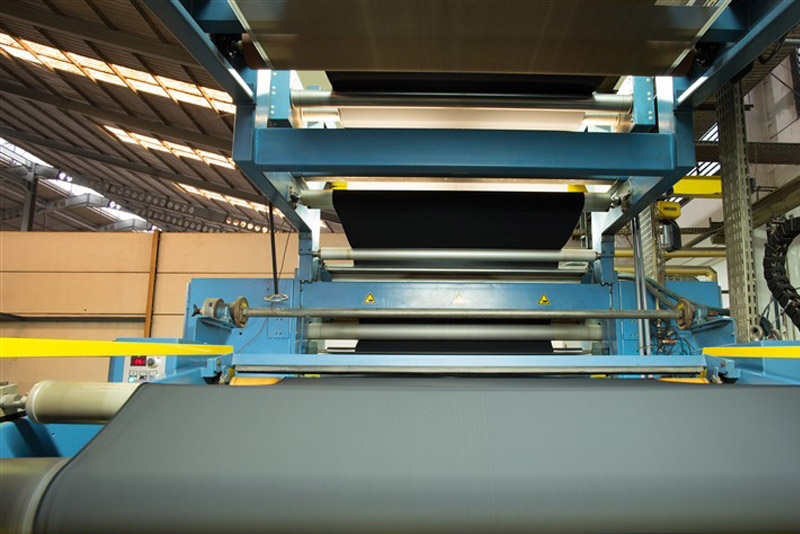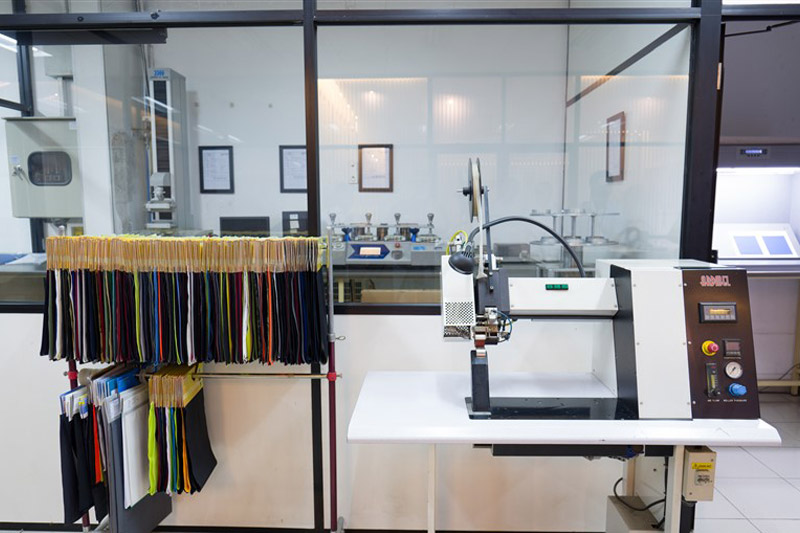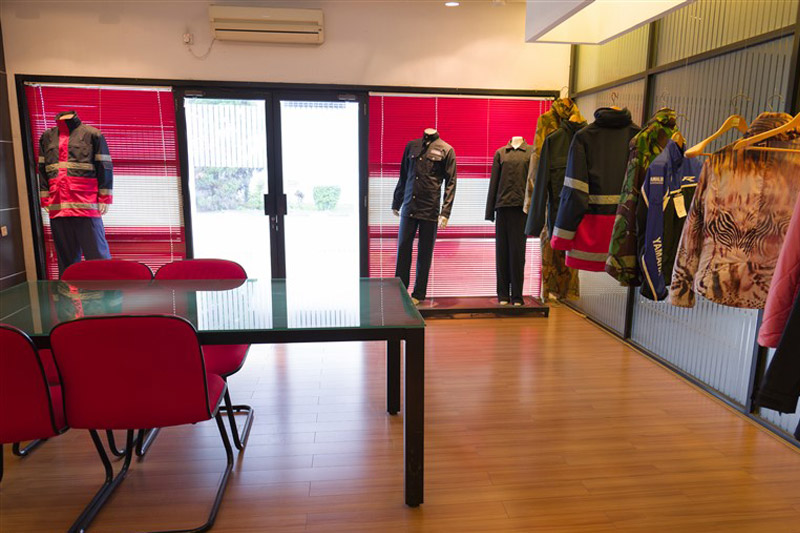Fabrics
Fabrics can be made through weaving, knitting, spreading, crocheting, or bonding yarns or fibers together. The most common use is for clothing. In the household, they are used in carpeting, upholstered furnishings, window shades, towels, beds, and other flat surfaces. In the workplace, they are used in industrial processes such as filtration. Miscellaneous uses include flags, backpacks, tents, nets, sails, and parachutes; textiles are also used to provide strengthening in composite materials such as fibre glass and industrial geotextiles.
Textiles for industrial purposes, and chosen for characteristics other than their appearance, are commonly referred to as technical textiles. Technical textiles include textile structures for automotive applications, medical textiles (e.g. implants), geotextiles (reinforcement of embankments), and protective clothing.
Textiles are made from many materials, with four main sources: animal (wool, silk), plant (cotton, flax, jute), mineral (asbestos, glass fibre), and synthetic (nylon, polyester, acrylic).
Indorama produces woven fabrics made from 100% polyester filament yarns. Weaving is a textile production method which involves interlacing a set of longer threads (called the warp) with a set of crossing threads (called the weft). This is done on a frame or machine known as a loom, of which there are a number of types. Fabrics are often dyed in almost any color. After weaving, Indorama’s fabrics are dyed or prepared for dyeing (PFD) and have a weight range of 60 gms to 250gms.




